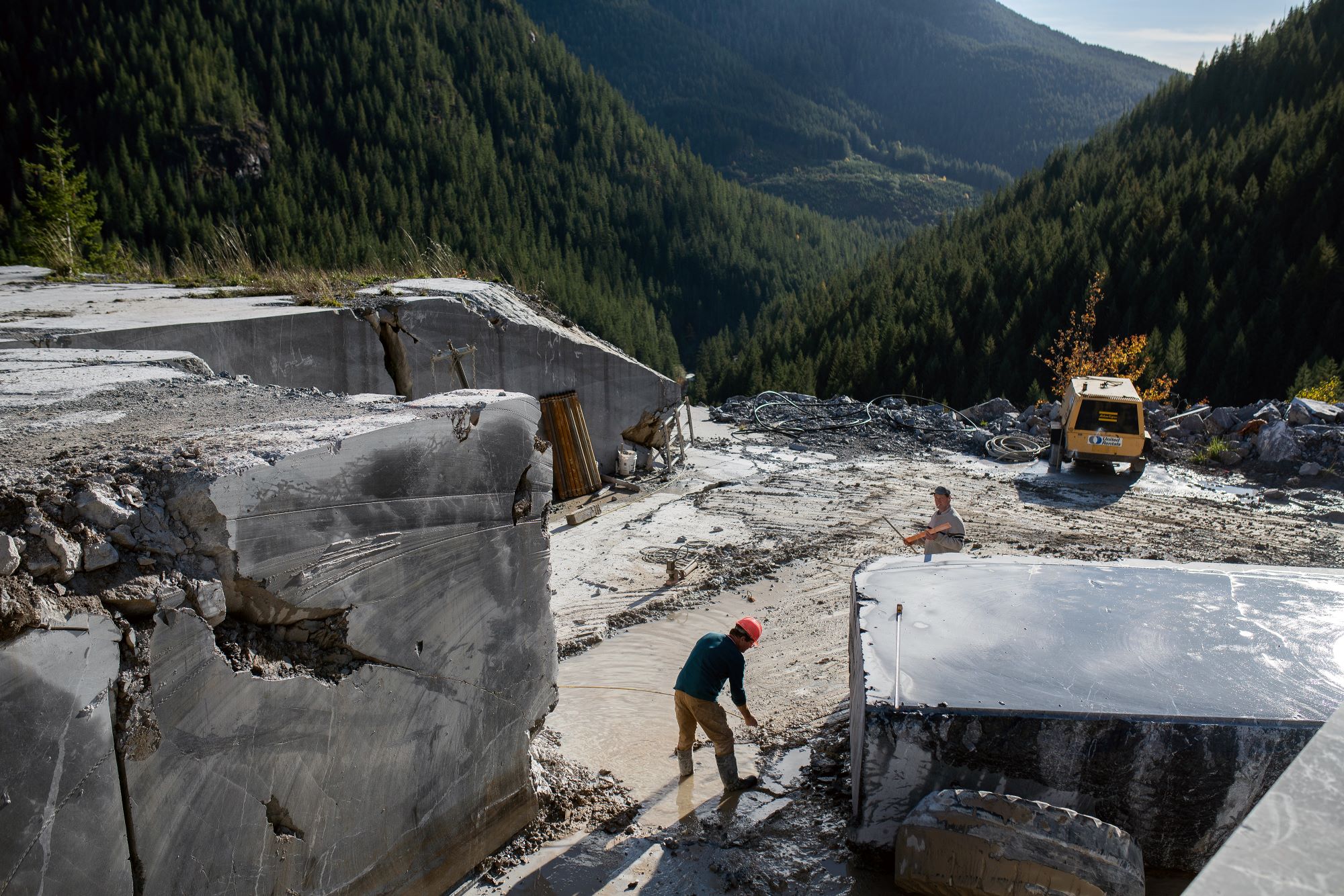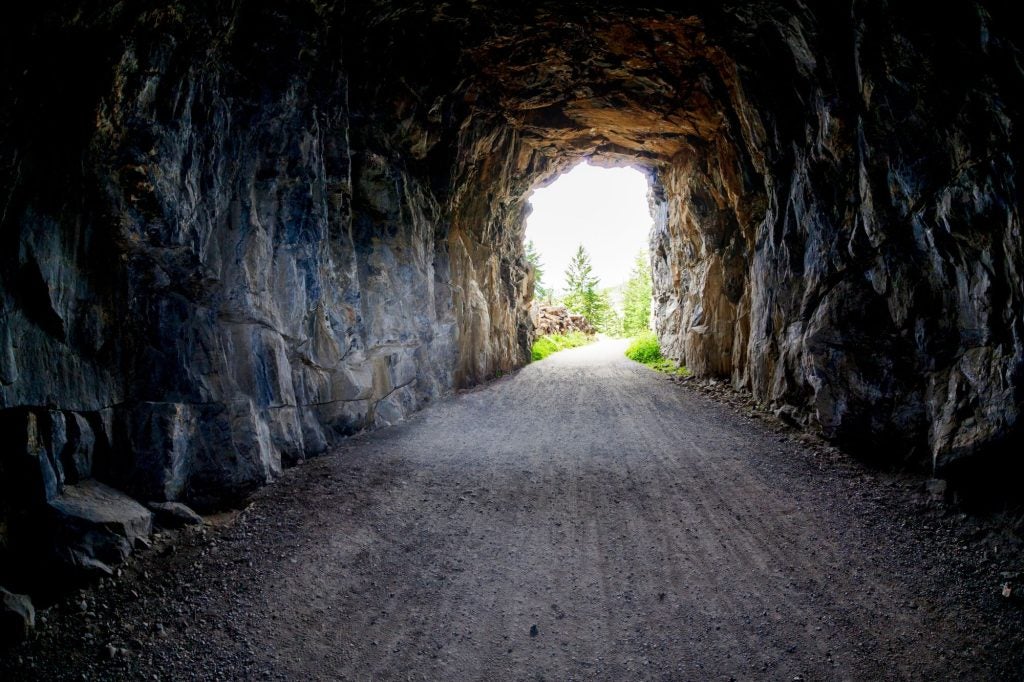
The mining of minerals is a critical pillar of Canada’s economy; in fact, it couldn’t be more palpable as to how important it is. “Just as we as individuals depend on mining to support our daily lives, Canada relies on the industry to keep the economy humming,” says the Mining Association of Canada, the industry representative body in the sector.
And this is not just bluster from an organisation with a stake in the sector. The country’s government recognises the important role the sector – which includes exploration, mining and related support activities, primary processing and downstream product manufacturing – plays in supporting the wider economy, saying it is a “mainstay… that supports jobs and economic activity in every province and territory”. In 2021 it contributed $72.8bn (C$97bn) to GDP, around 4% of total output, according to official government data.
A leading supplier of critical minerals, including nickel, cobalt, uranium and copper, the country is also working hard to develop advanced mineral projects for rare earth elements like lithium, graphite and vanadium. In 2021 the value of Canada’s mineral production soared by 20% over the previous year, reaching $41.6bn (C$55.5bn) from the exploration and extraction of 60 minerals and metals from almost 200 mines and 6,500 sand, gravel and stone quarries.
This success, however, is built on the people employed within the industry. In 2021 some 402,000 were employed directly, alongside a further 262,000 people in roles throughout the supply chain. “The minerals sector offers well-paid, high-quality jobs for Canadians across the country,” says the government, with the average salary reaching around $100,677 (C$134,225), almost double the national average across industry.
British Columbia leads the way
Among Canada’s provinces and territories British Columbia broke away, in sensational fashion, to lead the rankings of leading producers to the value of $9.6bn (C$12.8bn) added to the national economy. “The mining sector is a foundational part of British Columbia’s economy, with a production value exceeding $13.5bn (C$18bn) last year,” says a Ministry of Energy, Mines and Low Carbon Innovation spokesperson. “Given this growth, it is particularly important that government, industry and post-secondary institutions collaborate to ensure there is a strong workforce ready to operate the mines of the future.”.
BC-focused mineral explorers set a new spending record too, hitting $555.3m (C$740.4m). Here more than 30,000 workers are directly employed, with many thousands more downstream. “There are a lot of opportunities for British Columbians to find rewarding careers in mining,” says the province’s Minister of Post-Secondary Education and Future Skills Selina Robinson.

She was speaking following the publication of the BC Centre of Training Excellence in Mining Skills Roadmap Report which, she said, was “a step towards bringing more labour certainty to the industry as a whole, and helping people receive the training they need to bridge the skills gap for good jobs today, tomorrow and beyond”. The report was a recommendation of the BC Mining Jobs Task Force, set up in February 2018 by the Minister of Energy, Mines and Low Carbon Innovation to review exploration and mining in the province and find ways to strengthen the industry.
Working with stakeholders, including Indigenous groups, the mining industry and communities, the task force developed a list of 25 actionable recommendations for the government – including the development of the Mining Skills Roadmap Report – that it hoped would bring more certainty to the sector and help create even more jobs.
“The report showed the BC mining sector is dynamic, leading to new and evolving careers and the skills needed in these careers,” continues the ministry’s spokesperson. “Rapid advances in technology and innovation – including automation, digitisation, and electrification – are improving the efficiency and competitiveness of our mines, but also are fundamentally changing how the mining sector operates and the skillsets needed to work in the sector.”
Meeting tomorrow’s challenges
To help meet future needs the task force believes the mining community needs to build on the skills already present within the sector, something which formed the foundations for its roadmap. It called for collaboration with the Ministry of Advanced Education, Skills & Training to develop skills and that would meet labour needs through a collaborative, inclusive, innovative and geographically focused approach.
Of the one million job openings expected over the next 10 years in BC, close to 80% will require post-secondary education and training according to the ministry’s spokesperson, who adds that the Skills Roadmap will help workers identify well-paid, satisfying careers and support current workers to gain the skills needed to advance their careers in a rapidly evolving industry.
“The report identified a strong interest in ensuring mine sector skills training is supported in BC,” says the spokesperson. “Over 300 perspectives were incorporated in the report, from across the province and from a wide range of backgrounds.” Recommendations include addressing skills gaps, developing flexible training options and workplace support for current employees.
Currently training, largely provided through the province’s post-secondary institutions and mining companies themselves, is overseen by SkilledTradesBC. The government-led initiative works with employers, apprentices, industry, labour, training providers and government to issue credentials, support apprenticeships, fund programmes, set programme standards and increase opportunities.
The current global economic challenges mean such ambitions have never been so important, and have led provincial authorities to double down on efforts to support its communities through its StrongerBC’s Future Ready Plan. StrongerBC aims to enhance life through economic and social initiatives that put people first. It is making education and training more accessible and affordable to prepare “for the jobs of tomorrow” says the ministry spokesperson.
Digitising tomorrow
One of the biggest changes coming to BC’s mining industry, as with its counterparts across Canada and around the world, is digitisation. It’s heralding a fundamental shift in the way mines operate, and therefore the skills needed to do so. “Digitalisation and automation requirements will continue to evolve and will require current workers to upskill to keep up with changing technology, while new workers will need access to training that is in pace with these demands,” says the spokesperson.
The roadmap report highlighted digitalisation, automation and environmental, social and governance as a key focus for future training. It said these skills would need continuous refinement, stating: “Current workers will need upskilling to keep up with changes to technology and legislative requirements, while students and new workers will need access to training that is in keeping with the pace of change in these occupational demands.”
Industry never stagnates; it constantly evolves, but so too does its workforce and the skills it needs. Training is a critical component to being ready for the sector of the future, whilst fulfilling the necessities of today. It seems BC is gearing up to capitalise on the potential this historic yet forward-looking profession boasts.
“BC’s mining sector provides many of the critical minerals and metals needed for the world to fight climate change, as integral components of emerging technologies such as electric cars, wind turbines and solar power,” the ministry’s spokesperson concludes. “BC minerals and metals are in high demand, and we have the potential to provide more.”



